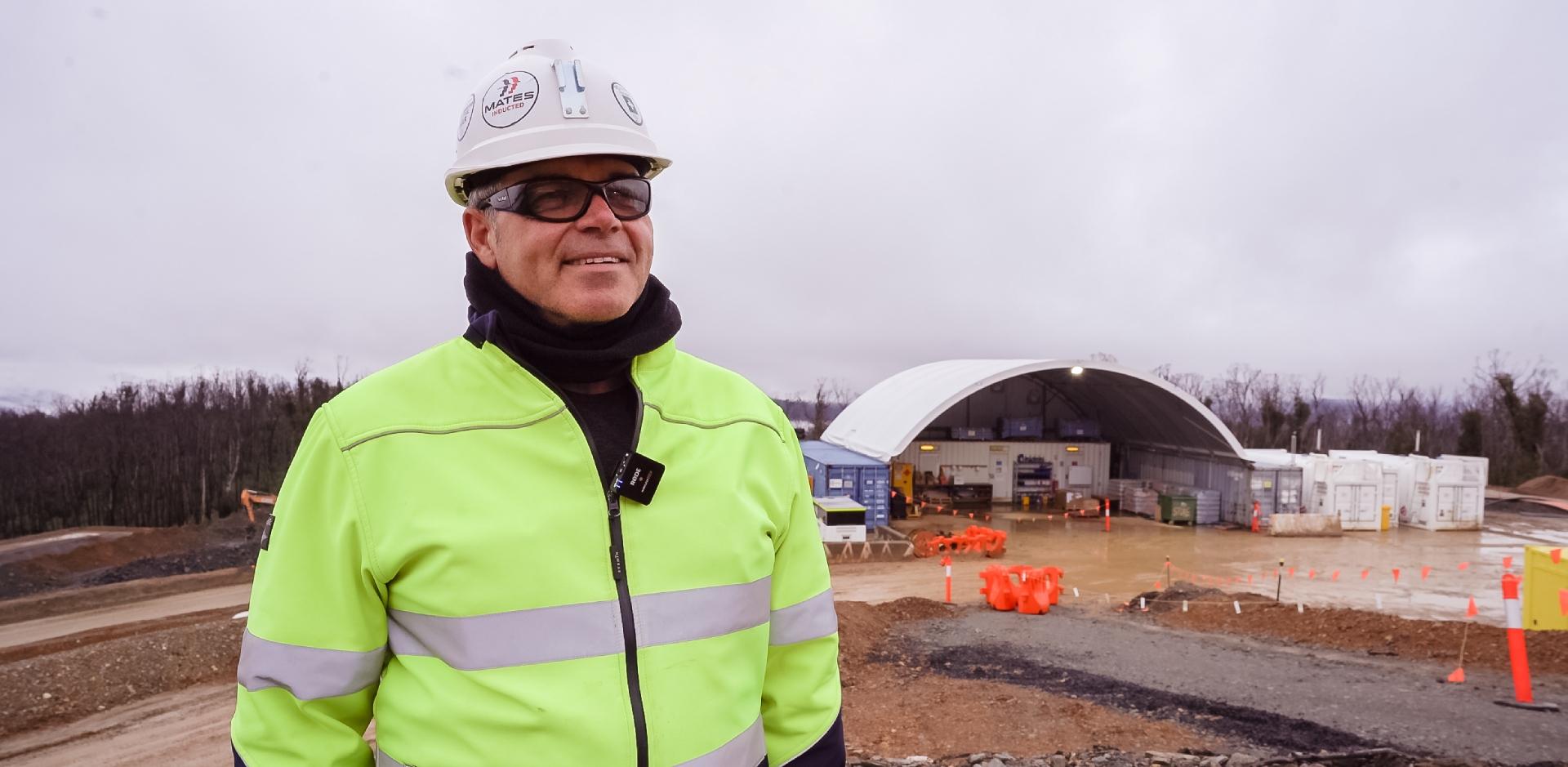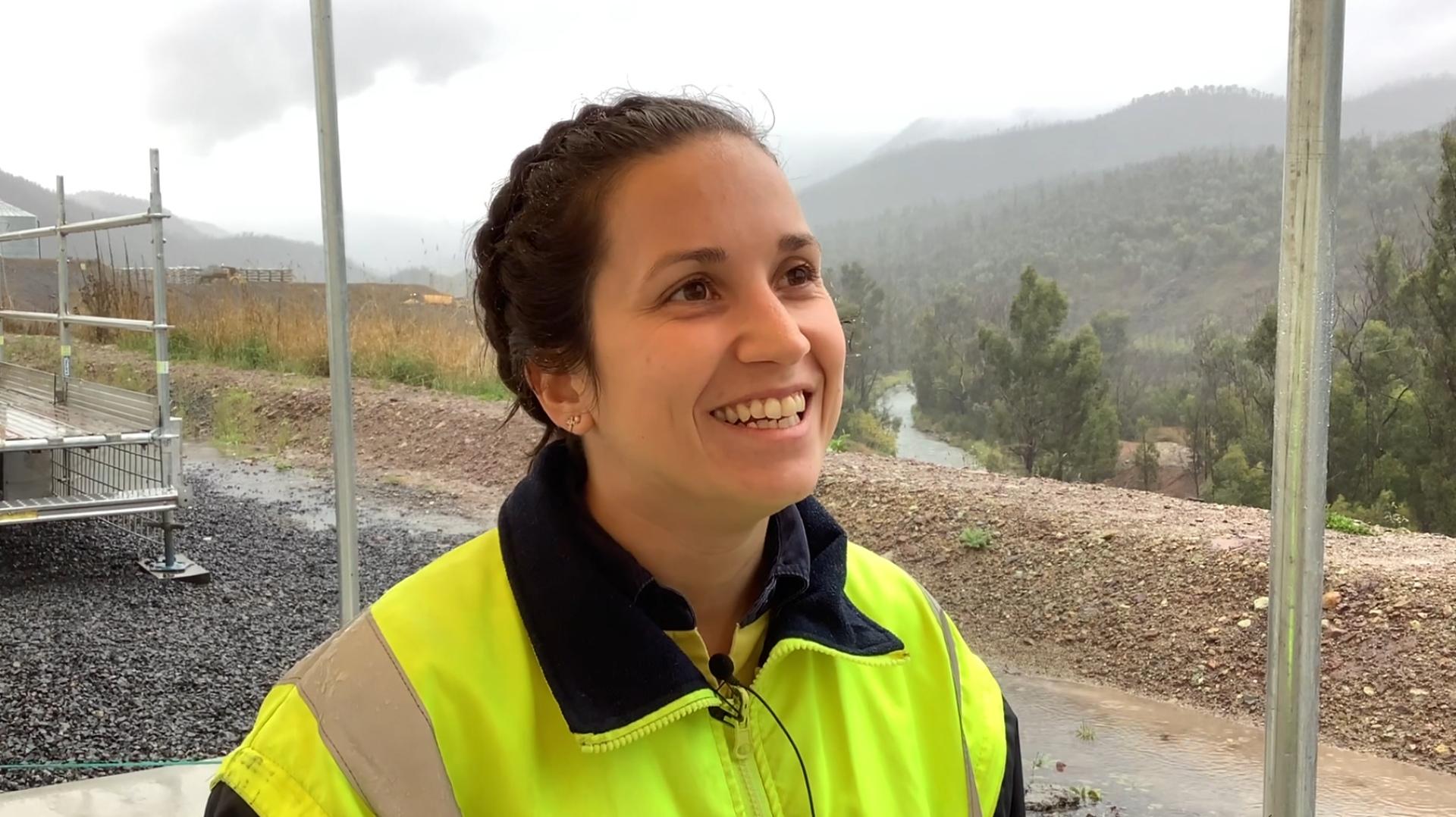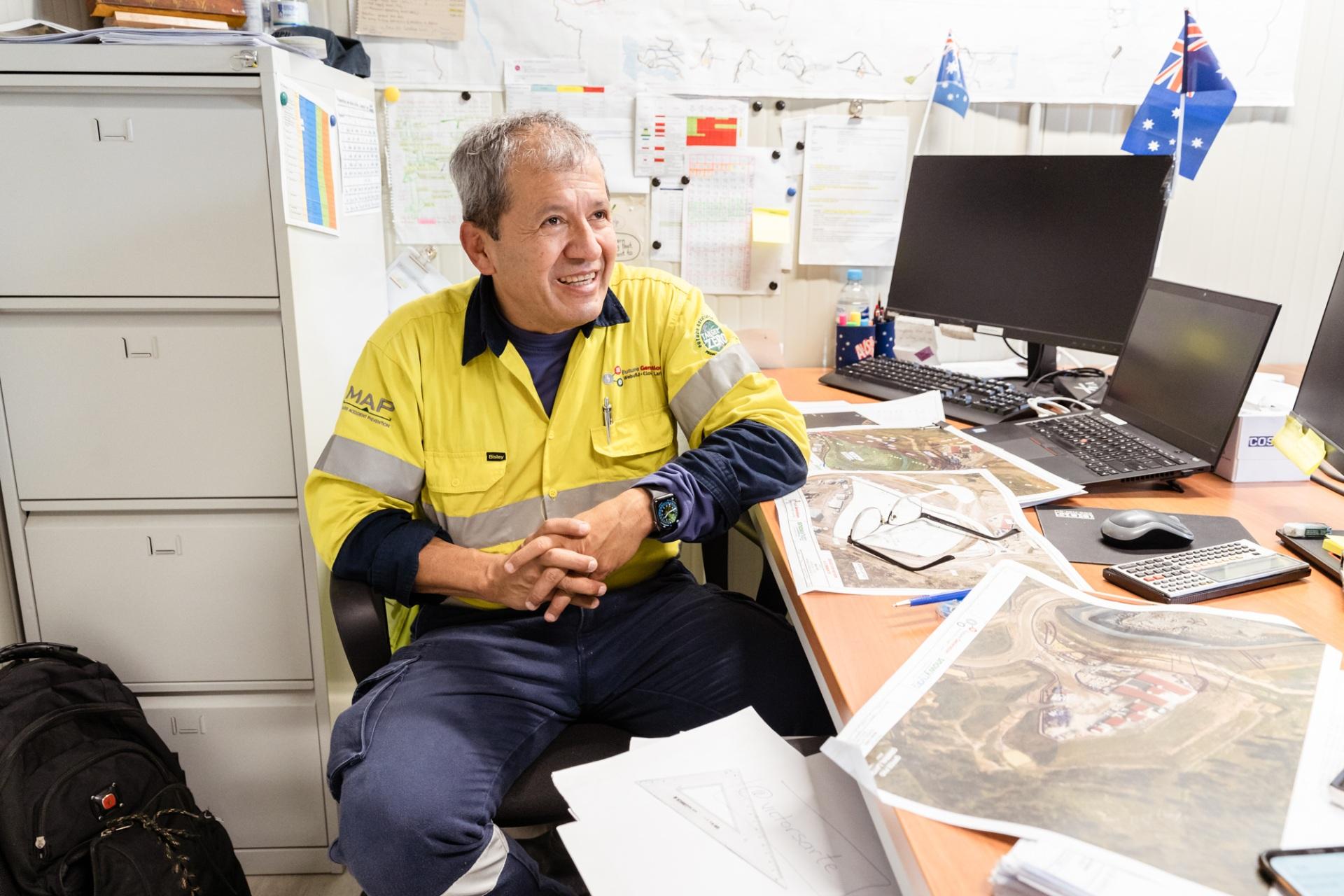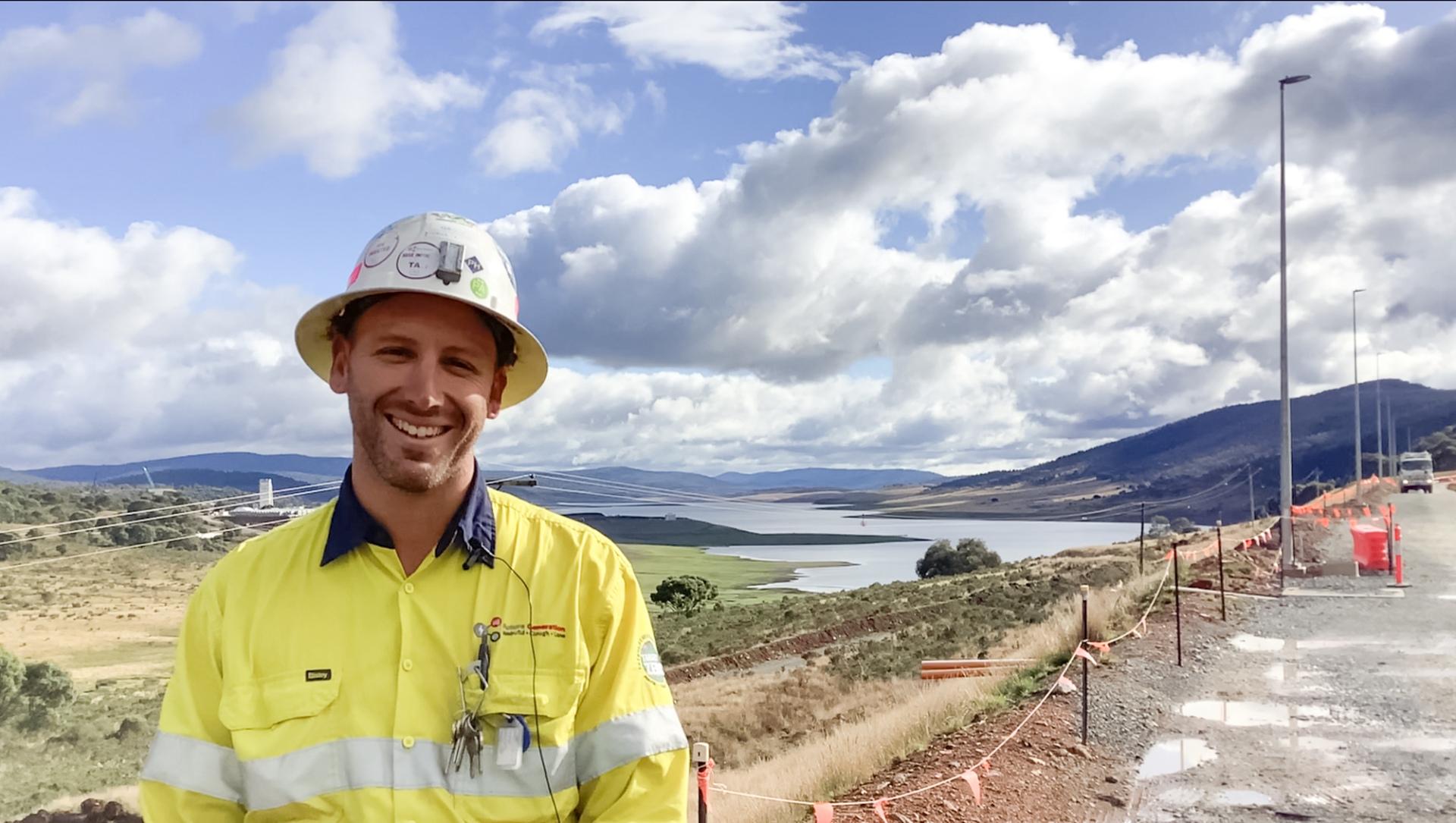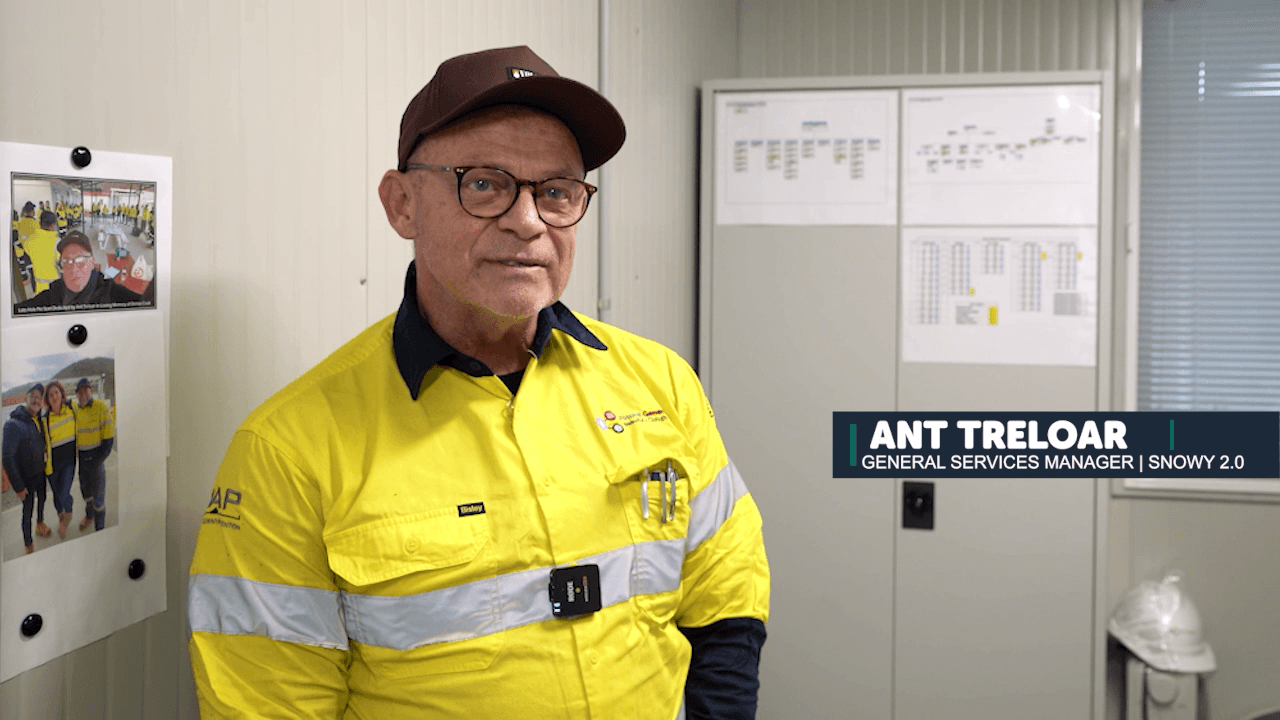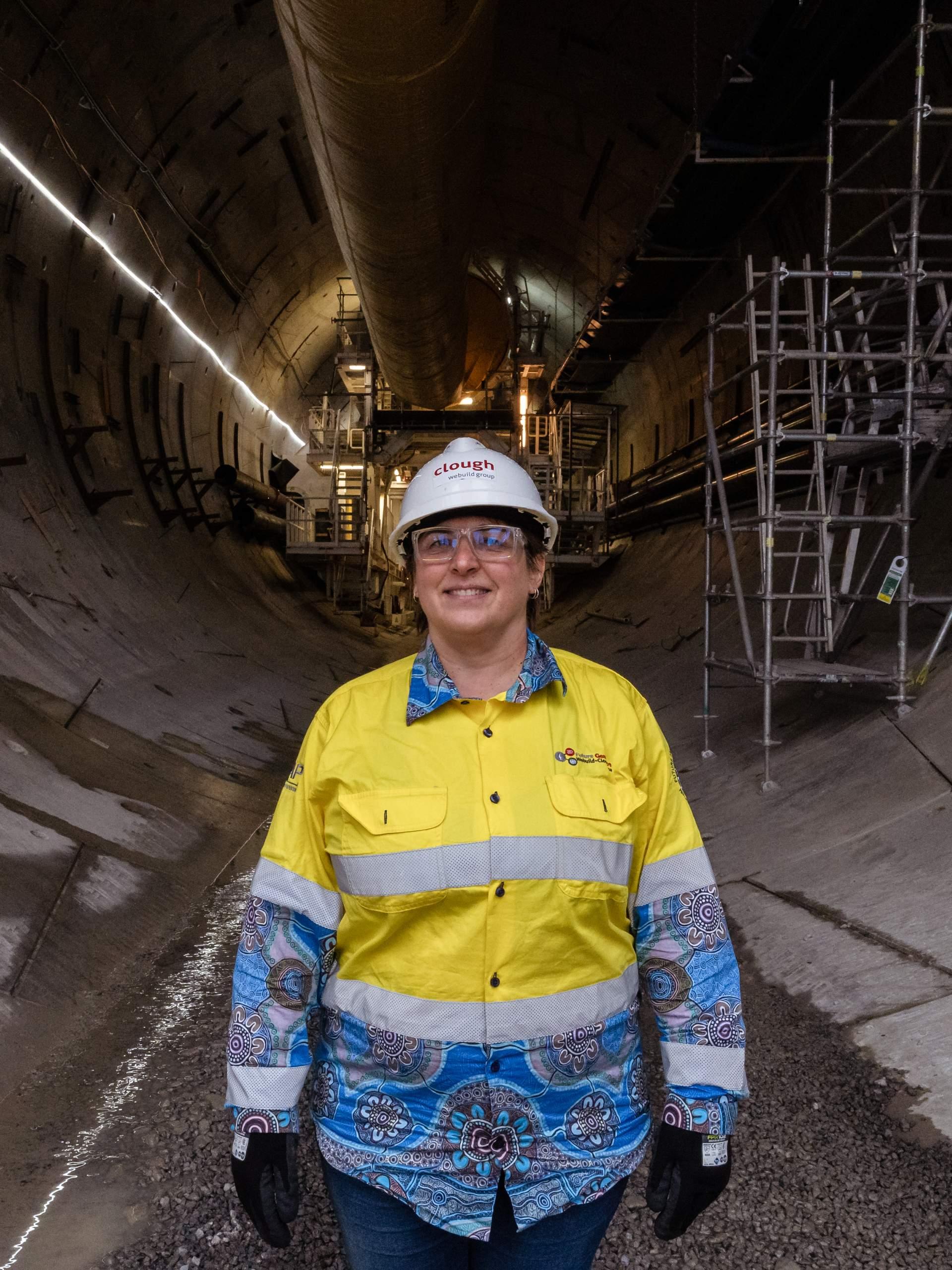The Snowy Mountains Hydro-electric Scheme
One of the world’s modern civil engineering wonders
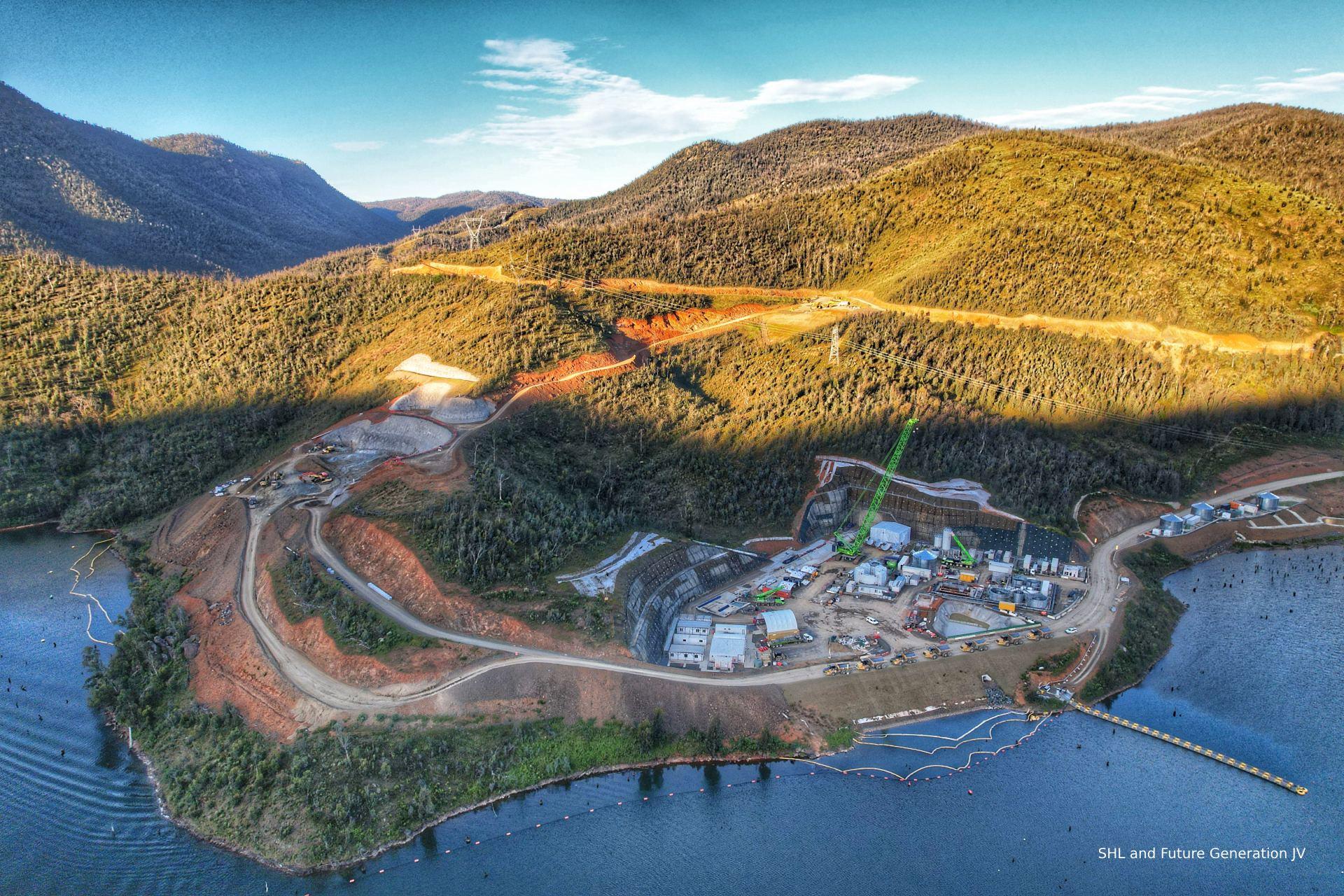
The History of Snowy 2.0
The Snowy Mountains Hydro-electric Scheme, operated by Snowy Hydro Limited, is widely regarded as one of the world’s great civil engineering wonders. Located in the Snowy Mountains in the state of New South Wales, it was the most significant project to be undertaken as part of Australia’s post-war reconstruction programme, eventually becoming an enduring symbol of the country’s identity as an independent, multicultural and resourceful country. It is a network of power stations, dams, aqueducts and tunnels that harness the region’s vast water resources to produce electricity for the market and irrigate the nation’s western food bowl.
The Snowy 2.0 Mountains Hydro-electric Scheme Project
Snowy 2.0 is an expansion of the Scheme. It set out as the largest renewable energy project under development in the country. The massive hydropower project will support Australia’s renewable energy future as the country shifts away from coal and other fossil fuels towards wind, solar and other cleaner sources for the production of electricity.
Webuild and its Australian subsidiary Clough in the Future Generation Joint Venture is responsible for the civil works and electromechanical component of Snowy 2.0 on behalf of Snowy Hydro Limited.
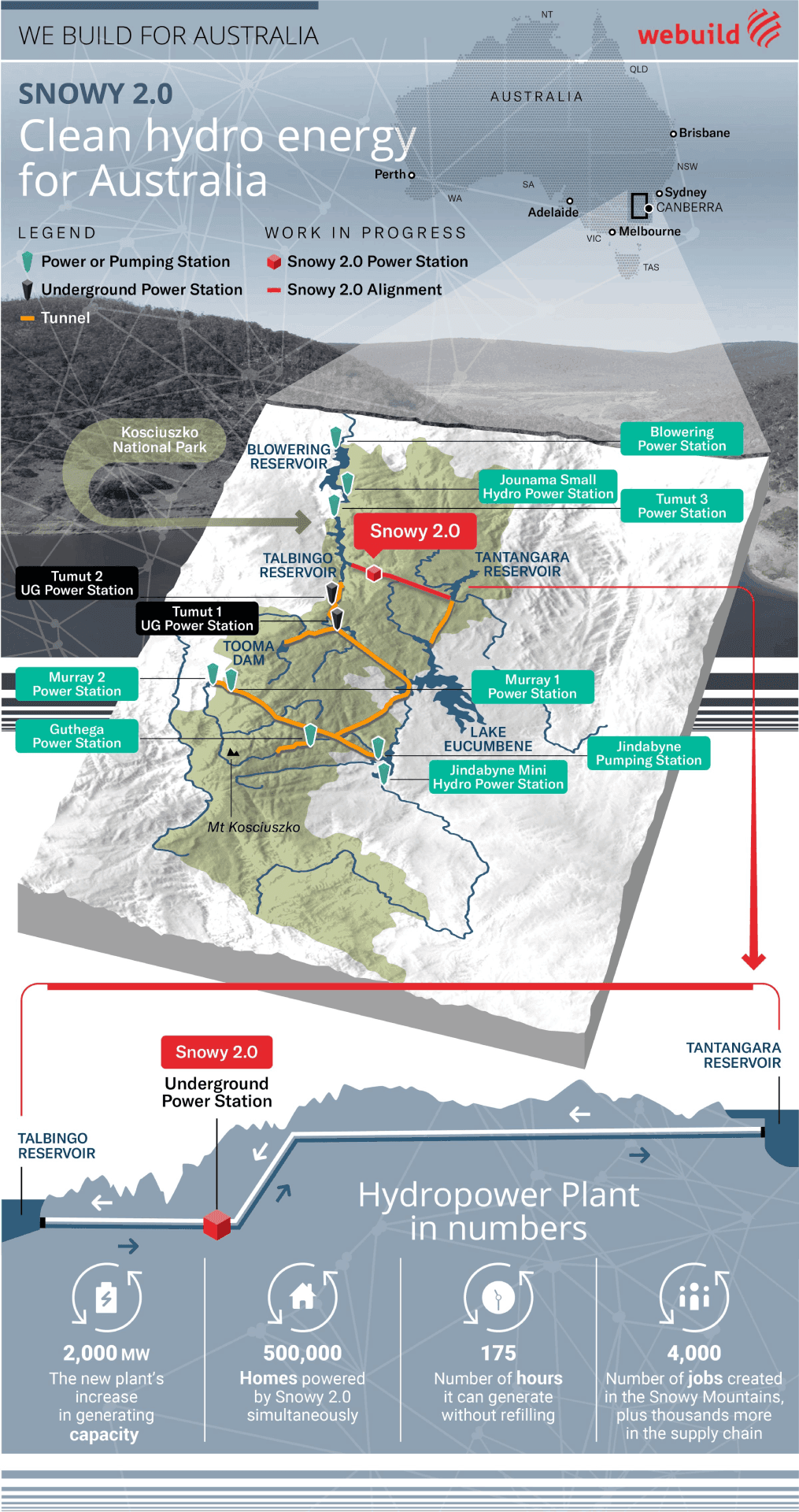
Snowy 2.0: a journey of discovery
The gigantic battery being built in Australia by Webuild to store and produce energy
In this video, we show you the massive pumped-storage scheme being built in the Snowy Mountains. With the support of 3D animation, it takes you on a journey to discover the construction phases of this complex engineering work that will store and produce electricity for the equivalent of half a million homes.
A hydropower plant inside a mountain? Geopop and Webuild present you Snowy 2.0!
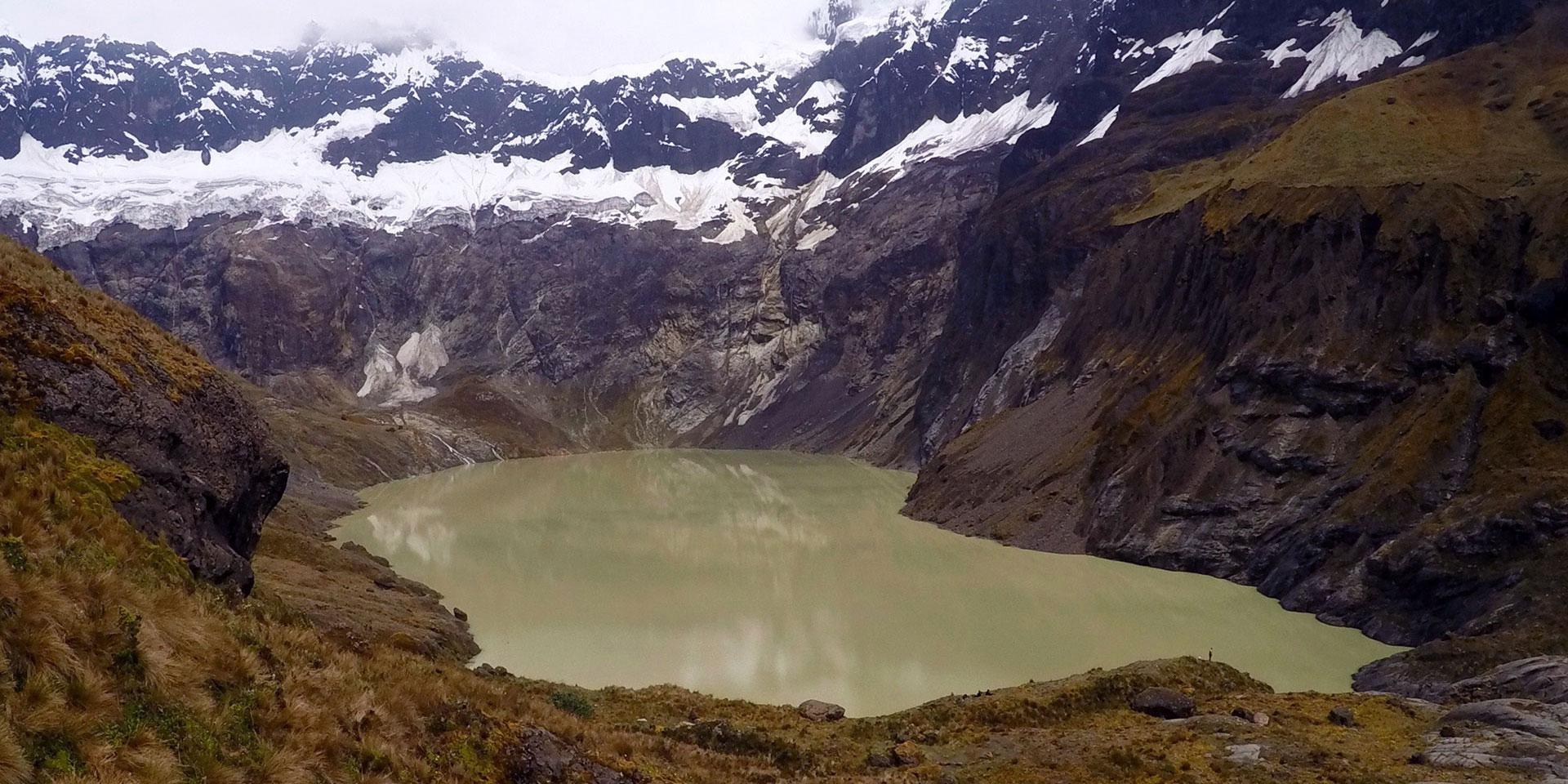
A hydropower project to help underpin Australia’s renewable energy future as the country transitions away from coal and other fossil fuels for its electricity
Snowy 2.0 Project Update - June 2024
The Snowy 2.0 Project Benefits
Snowy 2.0 hydropower project will provide 2,200 megawatts (MW) of electricity, increasing the Snowy Scheme’s generating capacity to 6.3 from 4.1 Gigawatts. It will also triple the pumping capabilities that the Scheme has at its Tumut 3 power station.
Contrary to a hydropower dam on a river that constantly produces electricity, Snowy 2.0 will serve as a battery, storing up to 350,000 Megawatt Hours (MWh). Able to power half a million homes for an entire week, it will provide stability to the power grid, known as the National Electricity Market, by producing electricity only when other renewable sources like wind or solar are failing to meet demand. Briefly put: Snowy 2.0 will help keep the lights on when the wind is not blowing or the sun is not shining.
The Snowy 2.0 Project Details & Location
As a pumped-storage scheme, Snowy 2.0 essentially recycles the water it uses. It is located between two reservoirs: the upper Tantangara and the lower Talbingo. It will have a network of nearly 30 kilometres of tunnels with a powerhouse at the epicentre, located 800 metres underground, making it one of the deepest of its kind in the world. The entire volume of the cavern in which the powerhouse will be located will be big enough to hold the Sydney Opera House.
Snowy 2.0 will produce electricity when water from Tantangara at 1,230 metres above sea level surges down the tunnel network, passes through the turbines to make them turn, then empties out into Talbingo at 540 metres above sea level. When electricity prices are low, the scheme will reverse the turbines to pump the water back up to Tantangara. By recycling the water, the scheme is essentially a closed loop.
The Snowy 2.0 Project: Innovations & Techonology
Among the many innovations being brought to the project, two are noteworthy: a tunnel-boring machine (TBM) able to excavate at a steep upward incline, and a coupling system that strengthens how the precast concrete segments interlock with each other as TBM Kirsten installs them along the tunnel walls.
TBM Kirsten is one of three excavating the network of tunnels that will comprise Snowy 2.0.
At about 210 metres, it is among the longest of its kind in the world, equal to two football pitches placed end-to-end. It weighs 3,300 tonnes and has a diameter of 11 metres.
It is also one of the most technologically advanced in the world, specifically designed to excavate at a steep incline. The levels of its tanks and mechanical equipment can pivot in order to remain horizontal as the TBM pushes forward. The walkways convert into steps and ladderways. At the front of the TBM, a screw conveyor extracts from the cutterheard the excavated rock chips. A sandwich conveyor system then sends the chips down to the back of the TBM. Face-to-face rubber belts will prevent the chunks from spilling out to the sides. A specially designed monorail will transport workers to and from the TBM between shifts in a safe manner. And a rack and pinion system will allow multiservice vehicles to bring the precast concrete segments up the steep slope to where the TBM can install them along the walls of the newly created tunnel.
These features are crucial for the TBM, one of whose tasks is to excavate the 1.45-kilometre Internal Pressure Shaft (IPS) that will allow water from the headrace tunnel at Tantangara to flow down to the powerhouse.
The ingenuity also extends to the precast concrete segments it will install. They will be fitted with a coupling system known as the Force-Activated Coupling System (FACS).
An industry first, the FACS consists of two pin-socket steel couplers with disc springs that strengthen how the segments interlock with each other. It is to enable them to resist better what is expected to be some of the highest hydraulic loads, or water pressure, in the world. In terms of hydraulic loads, the IPS has been designed to withstand an internal steady state pressure of 70 bars with a variance of plus/minus 25 bars during the operation of the plant.
Webuild Engineering - Director Design Services Nicola Valiante illustrates how the FACS works.
How we innovate - Video Interview with Webuild Engineering - Director Design Services, Nicola Valiante
Snowy 2.0 - Webuild project
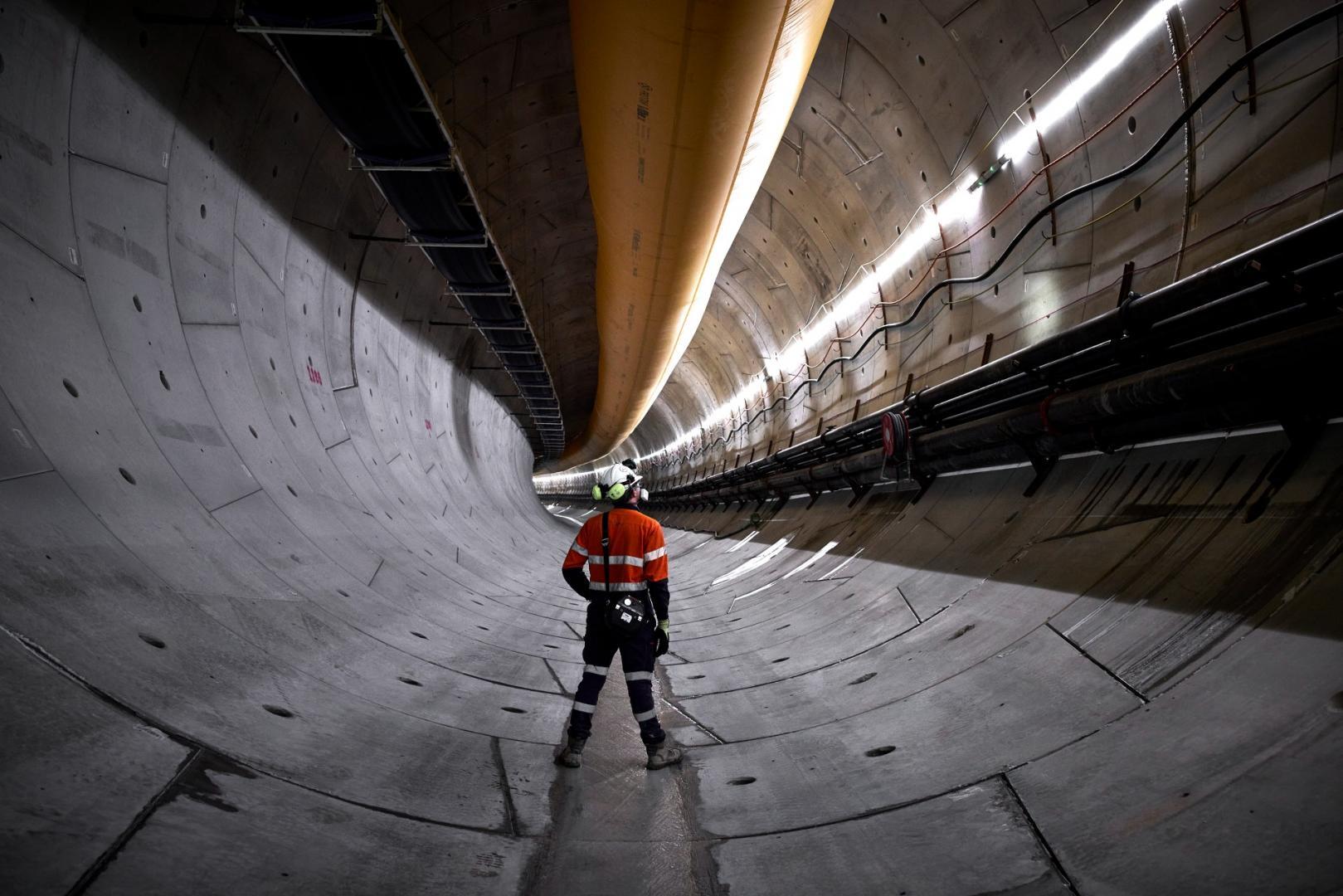
Key facts
Snowy 2.0 will help underpin Australia’s renewable energy future
+ + +
Megawatts (MW) of production capacity
+ + +
Megawatt Hours (MWh) of stored energy
Snowy 2.0 - Supply Chain
Snowy 2.0 hydroelectric plant, Australia | Webuild project
